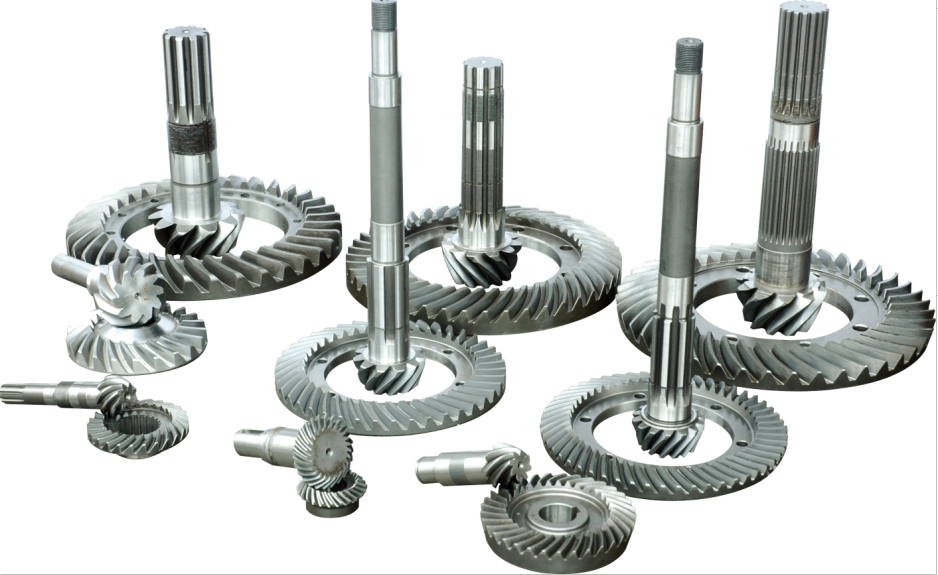Worm gears are integral parts of countless mechanical systems, found in everything from watches to industrial machinery. They have a rich history dating back centuries, a unique design that sets them apart from other gear types, and a wide array of applications across numerous industries. This article explores the history, design, and applications of worm gears, emphasizing their impact and importance.

History of Worm Gears
The concept of the worm gear is not a modern invention. Historical evidence suggests that the ancient Greeks used such mechanisms as early as the 3rd century BC. Archimedes is often credited with their invention, although they were likely used earlier in simple windlasses and similar devices.
During the Industrial Revolution in the late 18th and early 19th centuries, worm gears became widely used in machinery and manufacturing equipment. As industries grew and technology advanced, the importance of these gears only increased. Today, they are an integral component in a vast array of mechanical systems, and their role in modern technology is indispensable.
Design of Worm Gears
A worm gear system is a set of gears consisting of a worm (a gear in the form of a screw) and a worm wheel (akin to a spur gear, but designed to mesh with the worm). The worm’s thread engages the teeth on the worm wheel, causing it to rotate.
The unique feature of a worm gear system is that it is non-reversible, meaning the worm can drive the worm wheel, but the wheel cannot drive the worm due to the angle of contact between the gears. This characteristic is advantageous in many applications where it’s critical that the gear system doesn’t reverse under load.
Another key feature of worm gears is their high gear ratio, which means they can reduce rotational speed significantly or increase torque greatly within a small space, depending on their design and setup.
Applications of Worm Gears
Worm gears have a wide array of applications across various sectors due to their unique design features and capabilities.
Industrial Machinery
In industrial settings, worm gears are commonly found in manufacturing equipment, conveying systems, and elevators. They offer the needed torque for heavy machinery and the non-reversibility necessary for safety in many industrial applications.
Automotive Industry
In the automotive industry, worm gears play an essential role in steering systems. They convert the rotation of the steering wheel into the linear motion required to steer the car, with the non-reversibility feature providing safety by preventing the steering wheel from being jerked out of the driver’s hands under sudden load.
Robotics and Automation
With the rise of robotics and automation, worm gears have found new applications. Their ability to provide high torque and precision makes them an excellent choice for use in automated assembly lines, robotic arms, and other automation equipment.
Household Appliances and Instruments
Worm gears are also found in many household appliances like washing machines, where they help in the agitation process, and in electronic instruments where precise movement is required.
In conclusion, worm gears have played a crucial role in the evolution of machinery and technology. Their unique design features and the ability to provide high torque in a compact, non-reversible system make them invaluable in a myriad of applications. From their historical beginnings to their modern applications, worm gears continue to be a vital component in the ever-advancing world of mechanical design and engineering.
